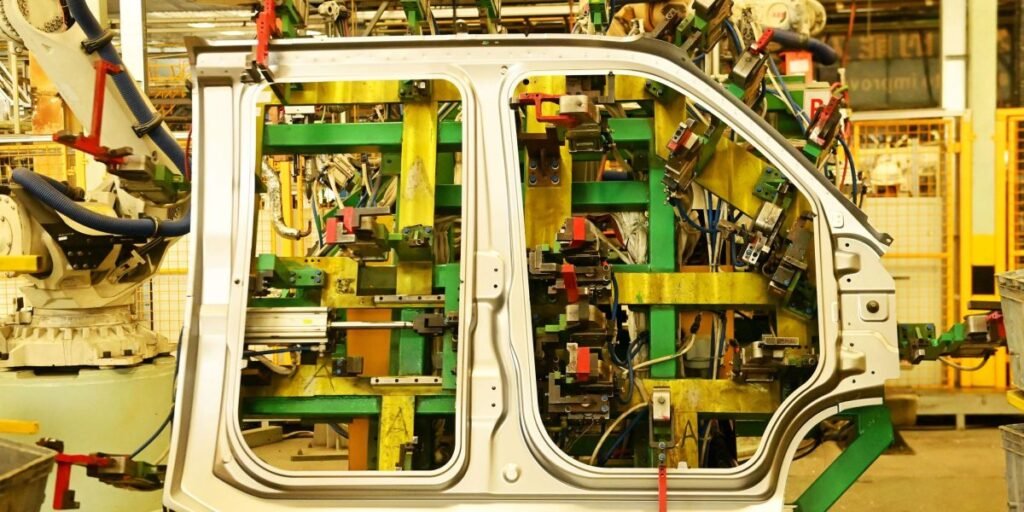
China’s manufacturing activity expanded for a second straight month, according to a private survey, further signs of stabilization after Beijing released a stimulus package to boost the economy.
The Caixin manufacturing purchasing managers’ index rose to 51.5 last month, the highest since June, according to a note released by Caixin and S&P Global Monday. The expansion was much higher than the 50.6 forecast by economists and accelerated from 50.3 in October.
The findings showed that Chinese exports have continued to fuel an uneven recovery in the $18 trillion economy, even as US President-elect Donald Trump has threatened to impose tariffs that could reduce trade between the countries. Official measurements November activity showed a slight uptick in the manufacturing sector, and the gauge of construction and services unexpectedly retreated to the 50 mark that separates contraction from expansion.
“The front-loading may continue to support manufacturing activity for a couple of months until the tariffs are implemented, which could happen relatively quickly given the mechanism in place in the US,” said Michelle Lam, senior China economist at Societe Generale SA.
Customer stockpiles helped new orders in November rise at the fastest pace since February last year, with producer price inflation at a 13-month high, according to the Caixin survey. But employment continued to contract for a third straight month, indicating that the impact of the stimulus has yet to seep into the labor market.
“Although the economic downturn appears to be bottoming out, it needs further consolidation,” Wang Zhe, senior economist at Caixin Insight Group, said in a note accompanying the release. “The structural and cyclical pressures facing the economy are expected to continue.”
PMI for Asia excluding China and Japan was little changed in October, while a measure of export orders improved the most since May, another sign of front-loading across the region ahead of Trump’s proposed tariffs.
In China, domestic demand has benefited from Beijing’s subsidies to buy appliances, cars and equipment. exchange programalthough economists say more policy support is needed to sustain growth.
“These plans only advance demand, while property transactions are unlikely to improve unless employment, income and inflation prospects improve,” said Kelvin Lam, China economist at Pantheon Macroeconomics.
Caixin’s results were stronger than those from an official survey last year, as exports remained strong. Both surveys cover different sample sizes, locations and business types, while the private survey focuses on small and export-oriented small businesses.
Export data released last month showed shipments in the first three quarters rose to the second-highest value on record, in a surge that put China on course for a record trade surplus. 1 billion dollars this year
In late September, China issued strong interest rate cuts and introduced measures to strengthen the housing market. That has led some analysts to raise their forecasts for China’s growth in 2024, bringing the average forecast for growth this year to 4.8 percent, according to Bloomberg estimates.

